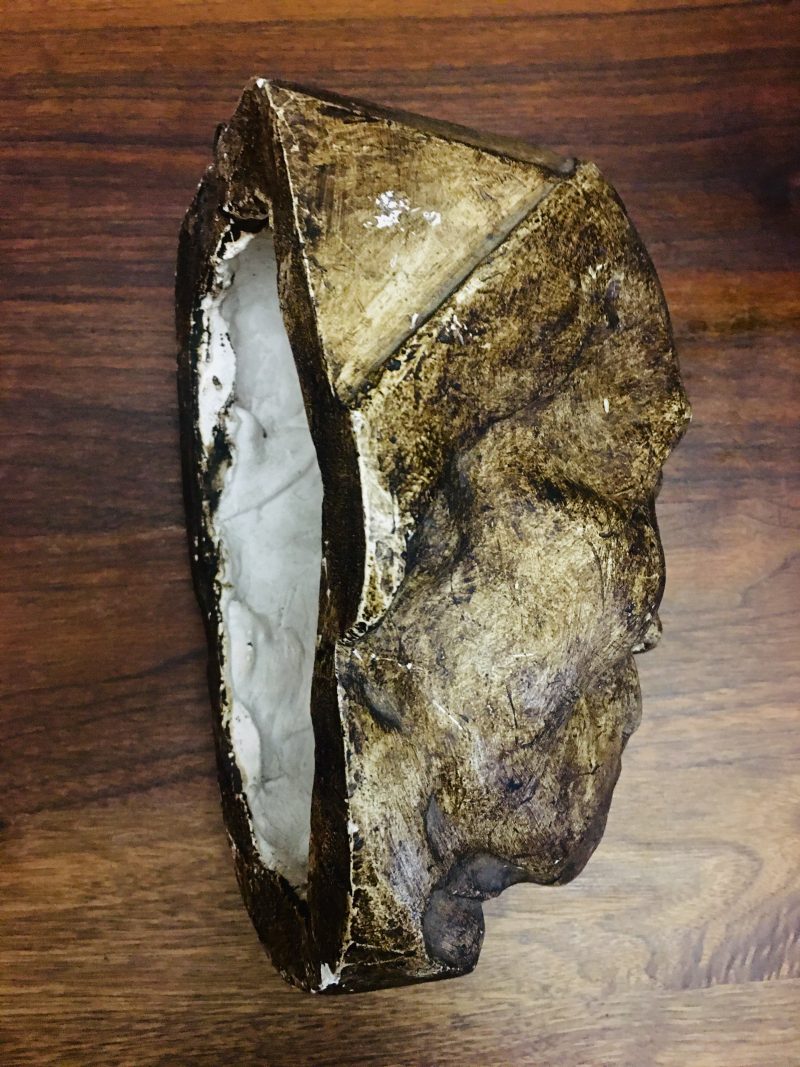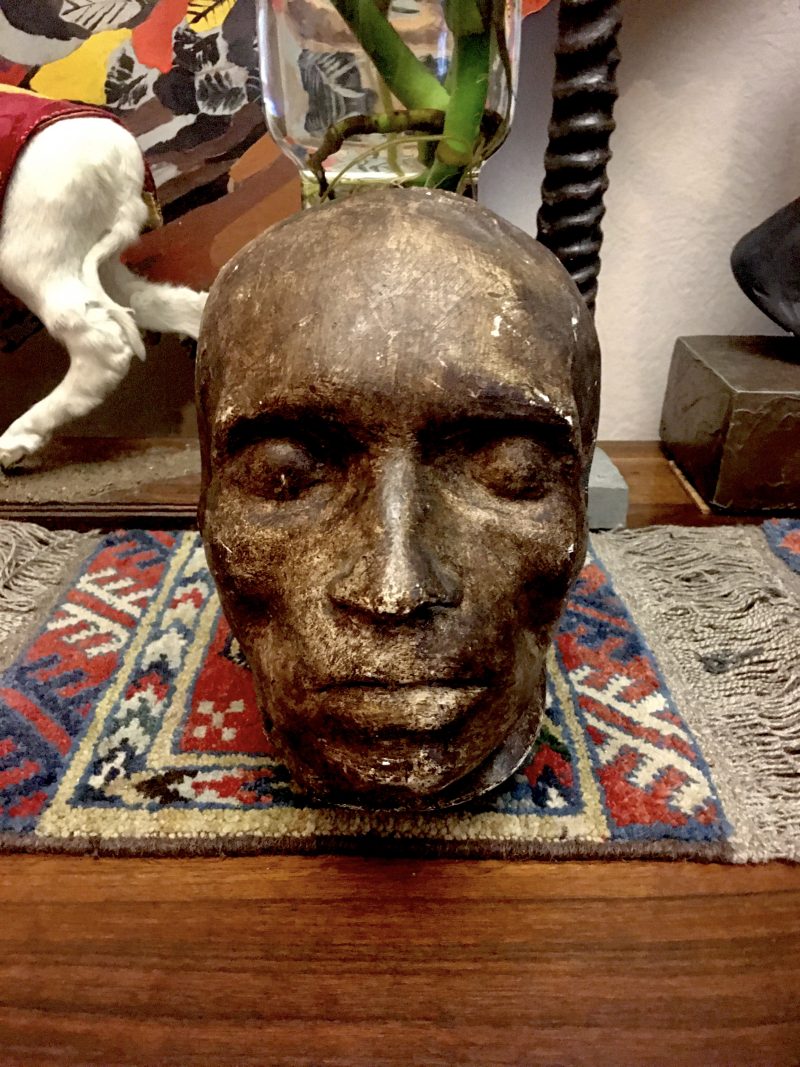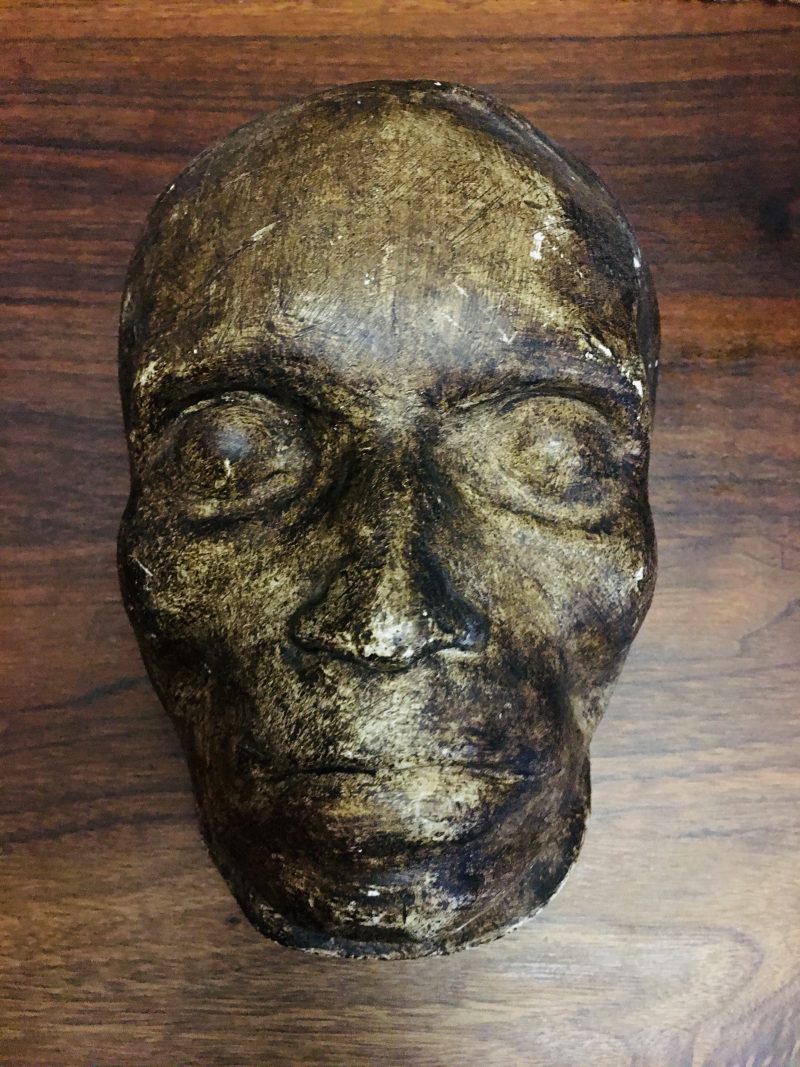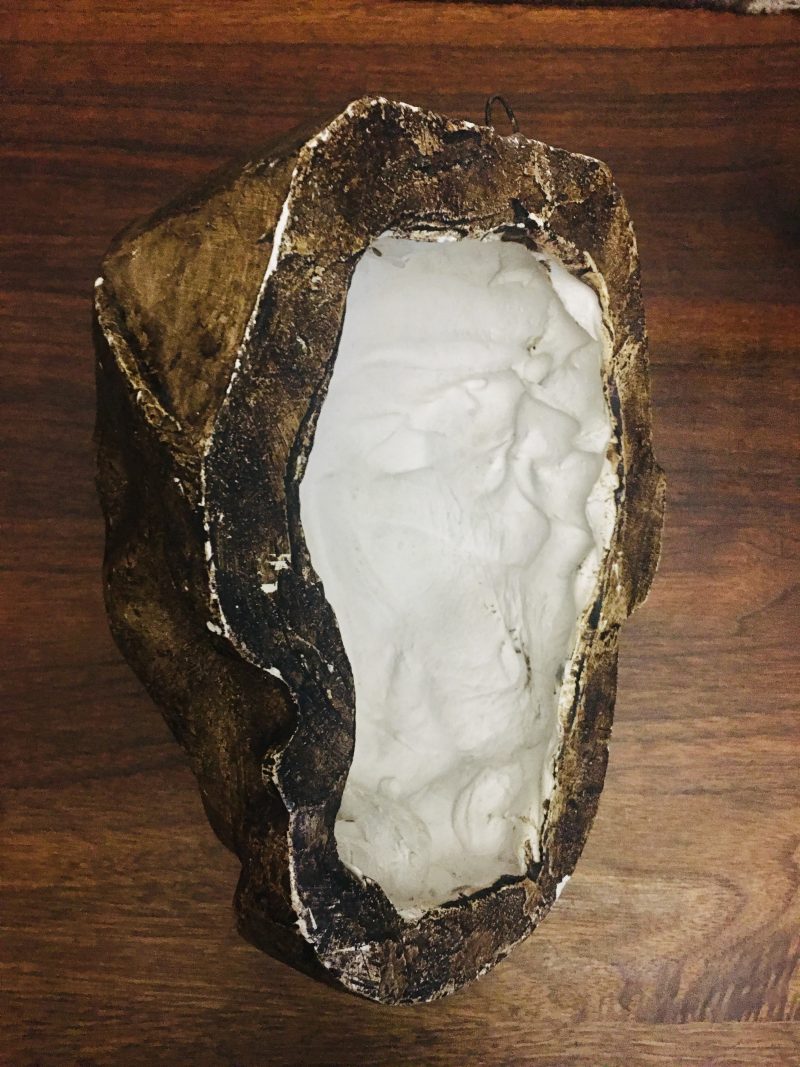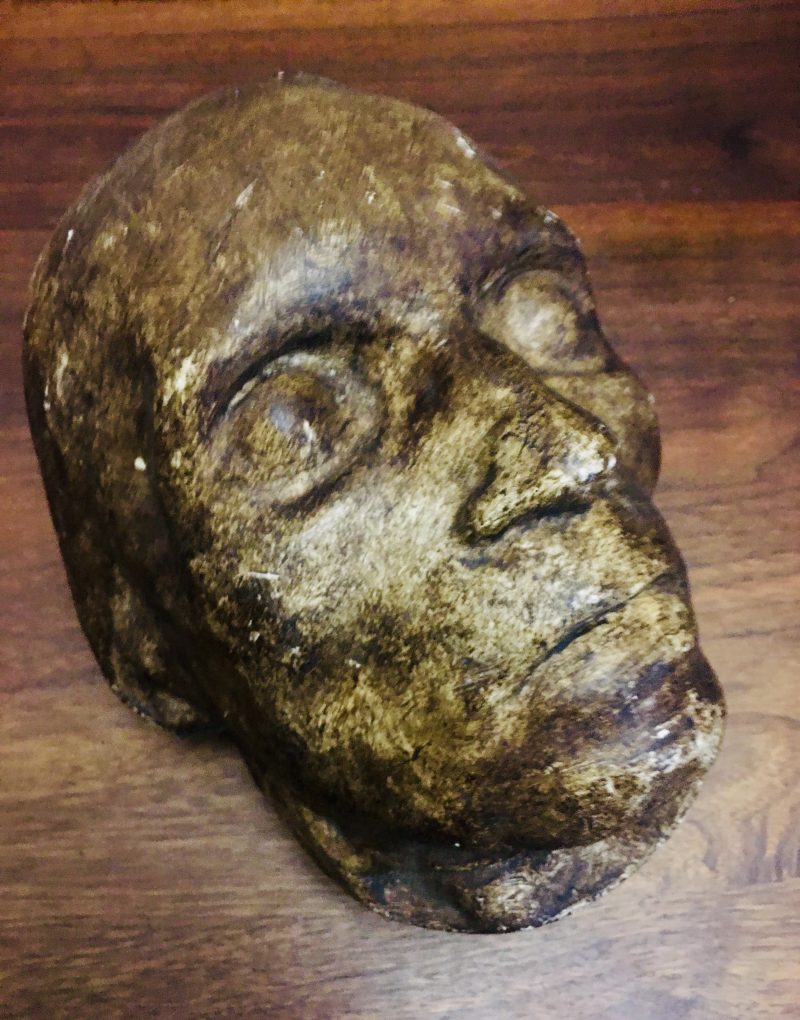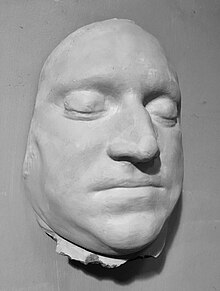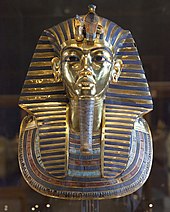SOLD. Authentic Vintage Death Mask from Santiago, Chile
Authentic Vintage Death Mask of an Elderly Person. Acquired in vintage shop in Santiago, Chile.
Measures 6.5 inches width x 9 inches height x 5.5 inches depth. Hangs on the wall with hook at top.
Was told this was probably made by a family member, considering the method it was made.
Asking USD$250.
SOLD.
What is a Death Mask:

A death mask is a likeness (typically in wax or plaster cast) of a person’s face after their death, usually made by taking a cast or impression from the corpse. Death masks may be mementos of the dead, or be used for creation of portraits. It is sometimes possible to identify portraits that have been painted from death masks because of the characteristic slight distortions of the features caused by the weight of the plaster during the making of the mould.
The main purpose of the death mask from the Middle Ages until the 19th century was to serve as a model for sculptors in creating statues and busts of the deceased person. Not until the 1800s did such masks become valued for themselves.
In other cultures a death mask may be a funeral mask, an image placed on the face of the deceased before burial rites, and normally buried with them. The best known of these are the masks used in ancient Egypt as part of the mummification process, such as Tutankhamun’s mask, and those from Mycenaean Greece such as the Mask of Agamemnon.
In some European countries, it was common for death masks to be used as part of the effigy of the deceased, displayed at state funerals; the coffin portrait was an alternative. Mourning portraits were also painted, showing the subject lying in repose. During the 18th and 19th centuries masks were also used to permanently record the features of unknown corpses for purposes of identification. This function was later replaced by post-mortem photography.
In the cases of people whose faces were damaged by their death, it was common to take casts of their hands. An example of this occurred in the case of Thomas D’Arcy McGee, the Canadian statesman whose face was shattered by the bullet which was used to assassinate him in 1868.
When taken from a living subject, such a cast is called a life mask. Proponents of phrenology used both death masks and life masks for pseudoscientific purposes.
